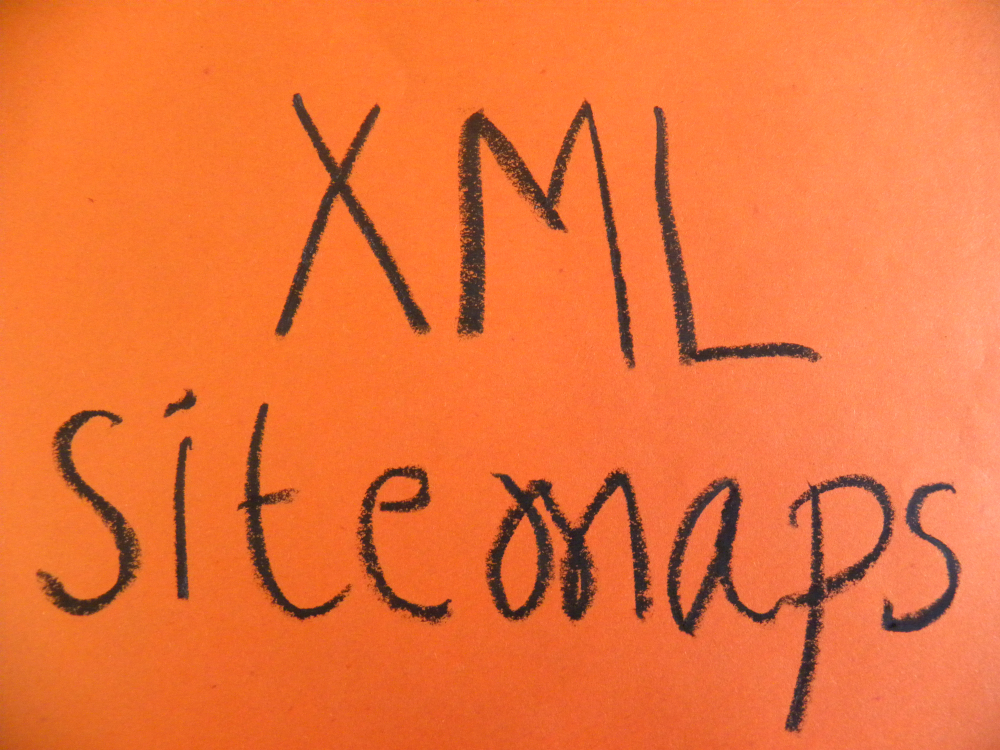Things You Should Know About XML Sitemap
Once you submit an XML sitemap file to search engines, search engines will likely find all of your webpages in a single visit. XML sitemap helps crawlers to index your website faster. This is especially true if your website has deep architecture and many new webpages have been added since the last submission of XML file. If your website is suffering from weak internal linking structure and multiple presences of orphan pages, then it’s a good idea to submit your sitemap regularly. However, you should avoid submitting sitemap that has no index URLs, which may cause some of your webpages to get de-indexed.
While there’s no guarantee that submitting XML sitemap can get your website indexed, your chance should be higher. There are different types of sitemaps that you should know.
- XML Sitemap Index: It could support up to 50,000 internal URLs and with uncompressed size of the XML file up to 50MB. This may not be sufficient for websites that publish dozens of new webpages each day. Although the XML file can be compressed using the gzip method to save space in the server, the uncompressed file still can’t exceed 50MB. A solution to solve this is to have multiple XML sitemaps. You submit your sitemap to Bing Webmaster Tools and Google Search Console. Robots.txt file should the sitemap index URL. It’s like pointing search engine bots the quickest and most direct way to crawl your website.
- XML Image Sitemap: This type of sitemap is intended to make indexation faster for image content. Images are placed inside page content, so it can be crawled easily together with page URLs. When using XML Image Sitemap, it’s considered the best practice to implement certain schema.org/ImageObject markup like JSON-LD. This helps you to include image properties that search engines can read, which is not available in standard image XML sitemap format. However, for many websites, XML image sitemap isn’t considered as necessary. Traffic from image search steadily increases and it’s a good idea to have a gallery page with unique pictures that are interesting for the audience. Images from product pages could also be a way to increase traffic to your website.
- XML Video Sitemap: Videos in your webpages can also be good source of traffic. For better results with XML Video Sitemap, make sure that all videos have JSON-LD markup.
- Google News Sitemap: If your website is registered with Google News, then this map should be used. The sitemap should be updated each day and each sitemap can support up to 1,000 internal URLs. As soon as new articles are published, you should immediately update the sitemap.
- Mobile sitemap: For many websites, this sitemap is not necessary and it’s only good for less sophisticated features phones that don’t have operating systems. Android and iOS devices have good mobile browsers that support standard XML sitemaps. In most situations, you can skip this.
Search engine bots can crawl and index your website without sitemap, but if you regularly submit freshly updated sitemap, you will get better SEO results.


















